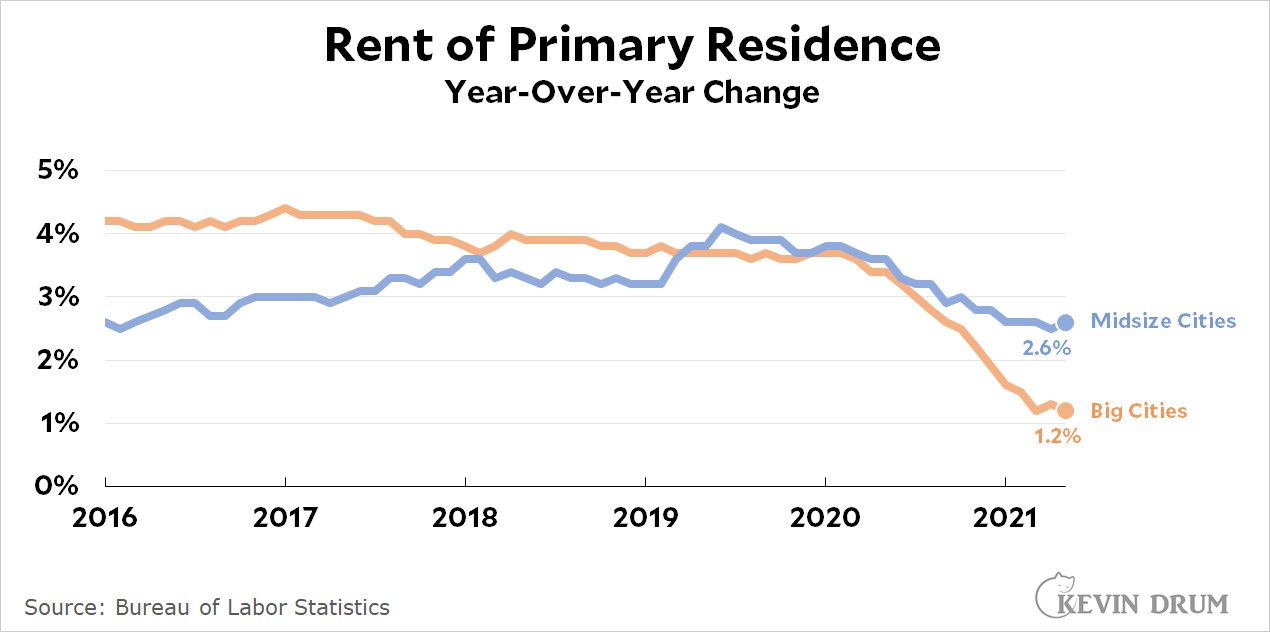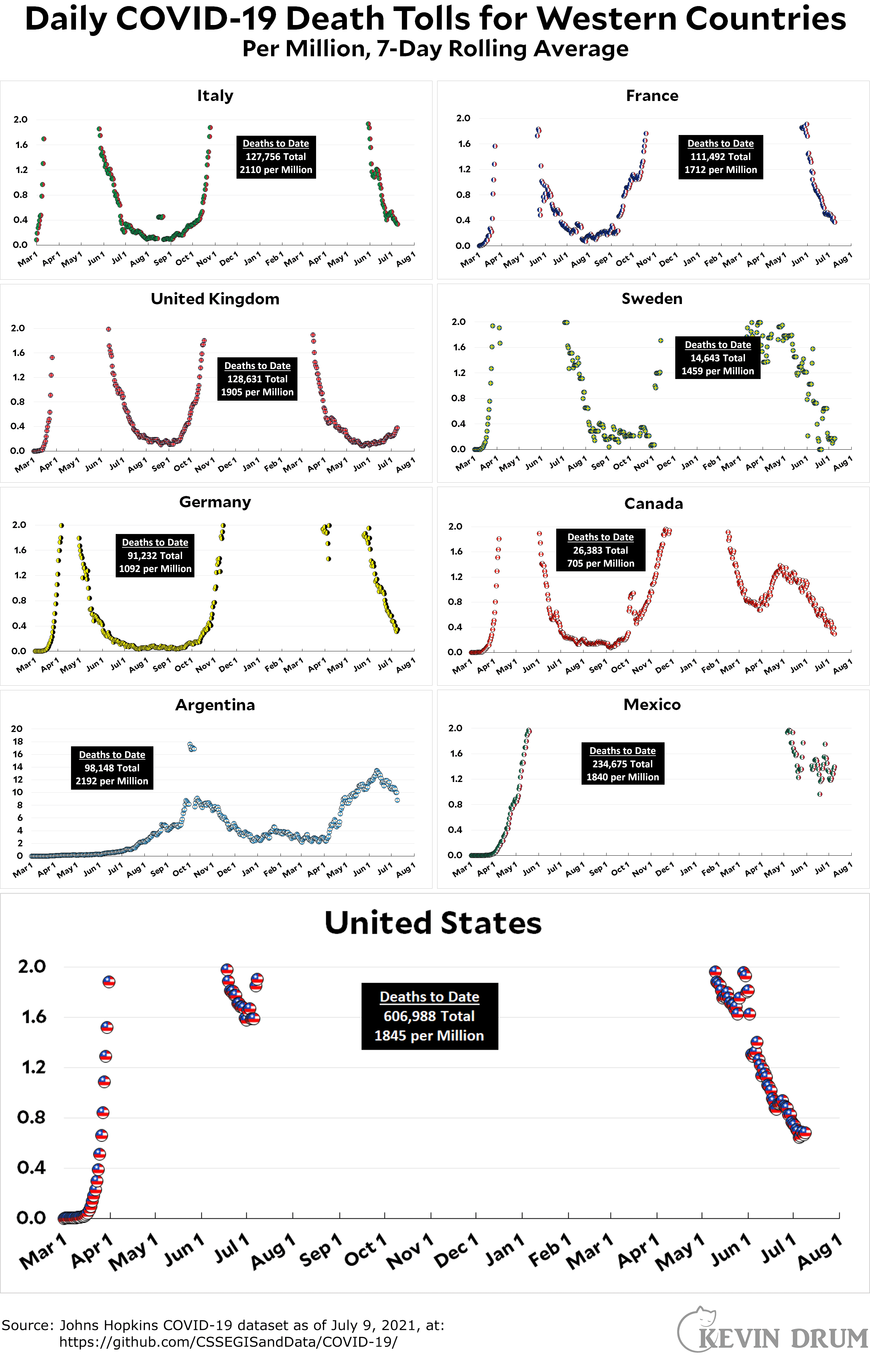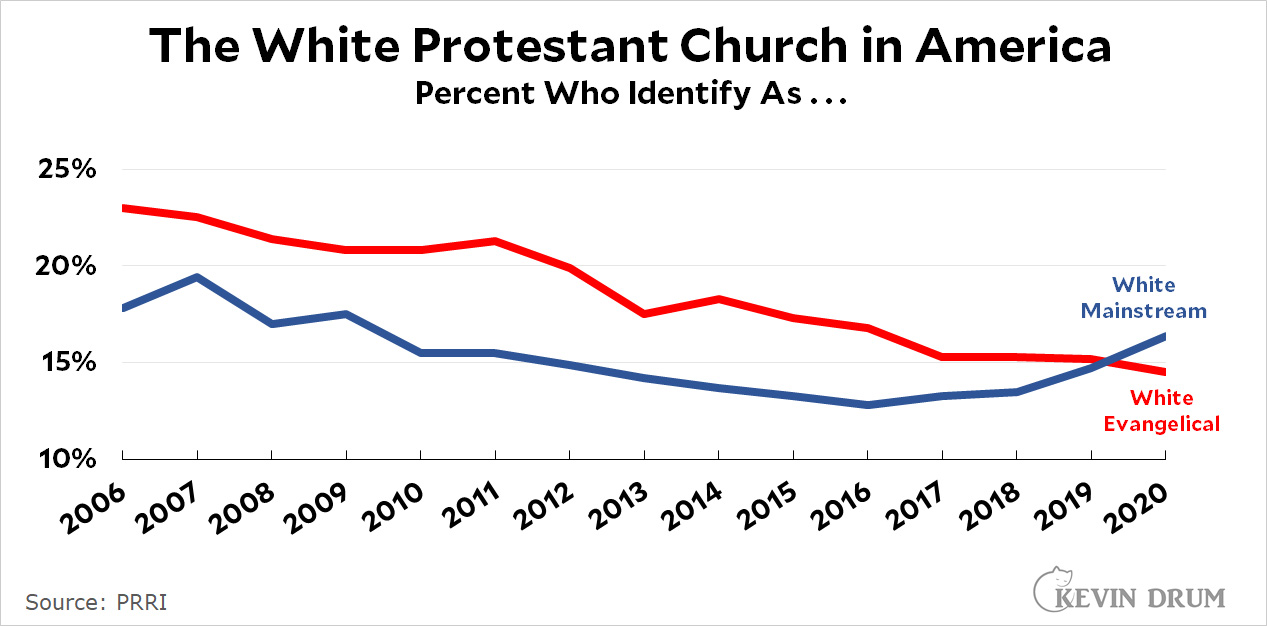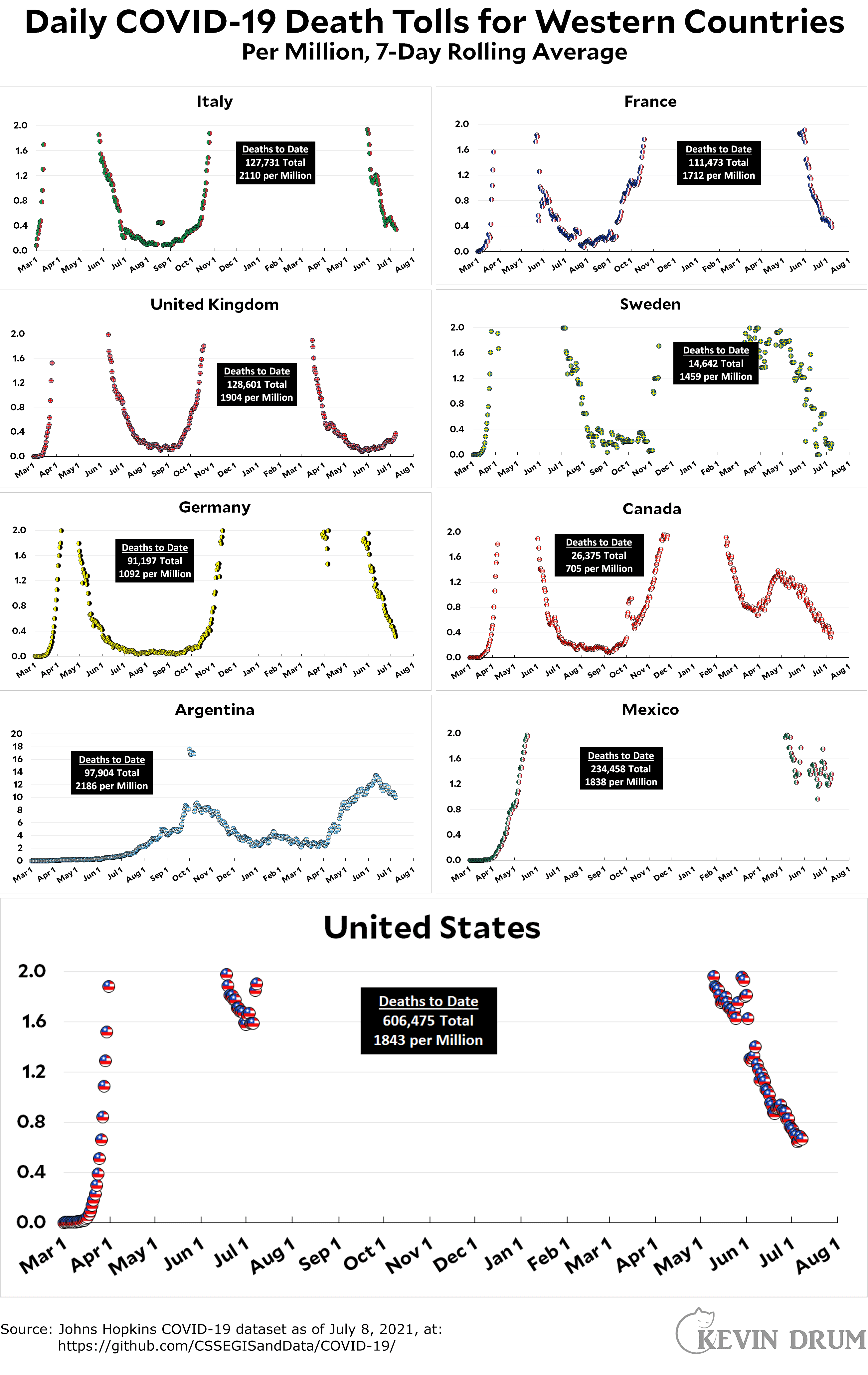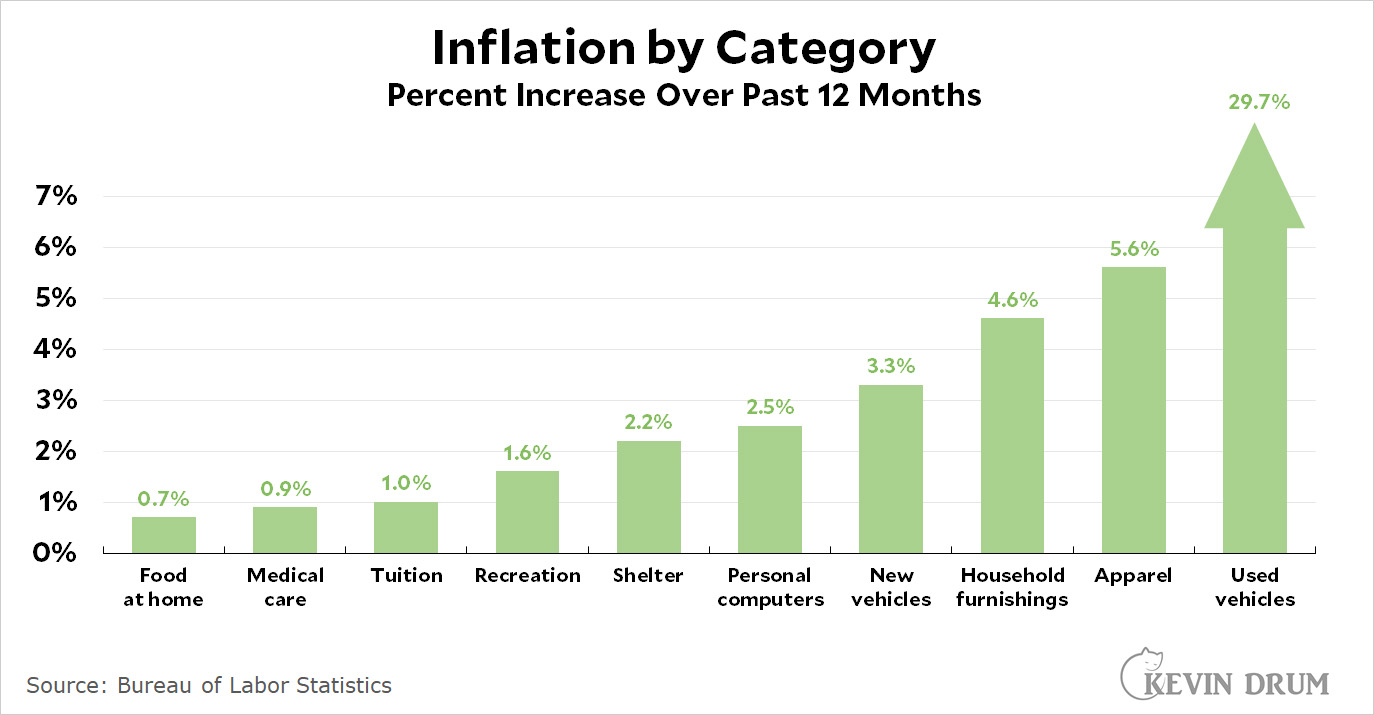Millennials and Gen Xers, I'm told, refuse to use the telephone. Today the New York Times tells me that Gen Z wants to kill off email:
Members of Gen Z do seem to agree with their elders on one thing: Email. Ugh. And, if we’re lucky, maybe they can one day save everyone from overflowing inboxes.
....Adam Simmons, 24, prefers to communicate using “literally anything but email.” Mr. Simmons, who is based in Los Angeles, started his own video production company after graduating from the University of Oregon in 2019. He primarily communicates with his eight employees and his clients, which are mostly sports teams, over text, Instagram messages and Zoom calls.
If you read very closely, you'll notice that the peg for the entire piece is a study from a consulting firm called Creative Strategies about which apps are most used for collaboration with fellow workers. This puts everything in a different light. Of course young workers are abandoning email for collaboration. Email sucks for collaboration. Even we dinosaurs who use it that way know perfectly well that it's horrible.
But collaboration is just one thing that we do at work. We also communicate with the outside world, for example, and email works fine for that. Adam Simmons may prefer text, Instagram, and Zoom calls, but that's just personal preference. In what way is a huge pile of unread texts or an unwieldy Instagram inbox any better than email? I'd even say it's probably worse. At least email once offered the minor blessing of putting everything in one place. Nowadays you have to check five or six different apps to see if anyone is trying to get your attention.
The underlying problem here is obvious: We have made communication too easy. And just as cheap hamburger spurs people to buy more hamburger, cheap communication spurs people to communicate more. What we really need is to figure out a way to make communication more painful.
Consider the olden days. In 1990 there was only one way for people to get my attention: they had to call me and then leave a message if I wasn't there. The post-Boomer generation is quite correct that this was a pain in the ass. It leads to the dreaded "phone tag," and it can also lead to misunderstandings because nothing is in writing. On the other hand, it's also true that a two-minute conversation can often take the place of five or six emails. And I probably got no more than a dozen phone calls a day.
Millennial and Gen X folks had no idea of the havoc they were creating when they gave up on phone calls and instead moved to "more convenient" methods of communicating. For one, more convenient meant higher volumes. For another, it was basically an excuse to avoid actual conversations, where sometimes people get mad at you. For folks who don't really want to communicate all that much in the first place, email and text have advantages: It's easier to ignore anger in written communication; it's easier to ignore written communication completely; and written communication favors highly educated verbal folks.
So they got their wish. Among the young, the phone is dead, replaced by a massive increase in overall communication. How's that working out for you?

